Understanding the Complexity of the DRC Civil War: The Role of M23 and External Forces
The conflict in eastern DRC is characterized by ethnic tensions, regional rivalries, competition for resources, and global interference. M23, a rebel group mainly composed of Tutsis, fights for their rights amid severe discrimination. The region’s mineral wealth intensifies the conflict as various parties vie for control, leading to extensive violence and civilian suffering. The ongoing situation necessitates a comprehensive understanding to pave the way for peace.
The conflict in eastern Democratic Republic of Congo (DRC) is intricate, affected by a confluence of ethnic divisions, regional power dynamics, competition over valuable resources, and influences from global actors. The historical context is essential, as colonial borders disrupted cohesive communities, notably impacting the Tutsi population, which straddles the DRC-Rwanda boundary. In DRC, Tutsis have faced discrimination and violence, prompting many to flee to neighboring countries and live as refugees.
The M23 rebel group, predominantly composed of Tutsis, asserts it is championing the rights of its people. For many young recruits, the motivation extends beyond political allegiance; it is a matter of survival. The experiences of growing up in refugee camps have propelled these individuals to confront government forces and other armed factions supportive of Kinshasa.
Geographically, the DRC shares its borders with nine other African nations, creating a complex web of ethnic ties that often intensify tensions. Neighboring countries frequently become embroiled in the conflict, either by backing certain insurgent groups or striving to maintain border security. Nations such as Rwanda and Uganda have interests in the DRC, further complicating the conflict through various levels of support and intervention.
The presence of vast mineral resources in eastern DRC—including coltan, gold, cobalt, and tin—exacerbates the conflict. Horned by the demand for these critical materials in technology, the struggle for control of these resources escalates violence among local and foreign-backed armed factions. Profits from resource exploitation primarily benefit warlords and external entities while further displacing and harming local populations.
Foreign powers and multinational corporations have a vested interest in DRC’s rich resources, contributing to the conflict by providing funding, weapons, and logistical support. Consequently, the situation has evolved into a severe military confrontation, with civilians bearing the brunt of the violence. Entire communities have been decimated, and millions remain uprooted from their homes, enduring a continuous state of crisis.
The M23 coalition has recently allied with additional rebel factions to amplify their resistance against the Kinshasa government, thereby worsening the already tenuous situation. The complexity of this war is highlighted by ethnic strife, resource competition, and external involvement; addressing these multifaceted issues is vital for any hope of achieving lasting peace in the region.
In summary, the ongoing conflict in eastern DRC is a multifaceted crisis stemming from deep-seated ethnic tensions, regional rivalries, and external interest in its rich resources. The situation has led to immense suffering for civilians, with millions displaced and many lives lost. Without addressing these intertwined issues, the prospect of achieving peace in the DRC remains bleak.
Original Source: www.channel4.com
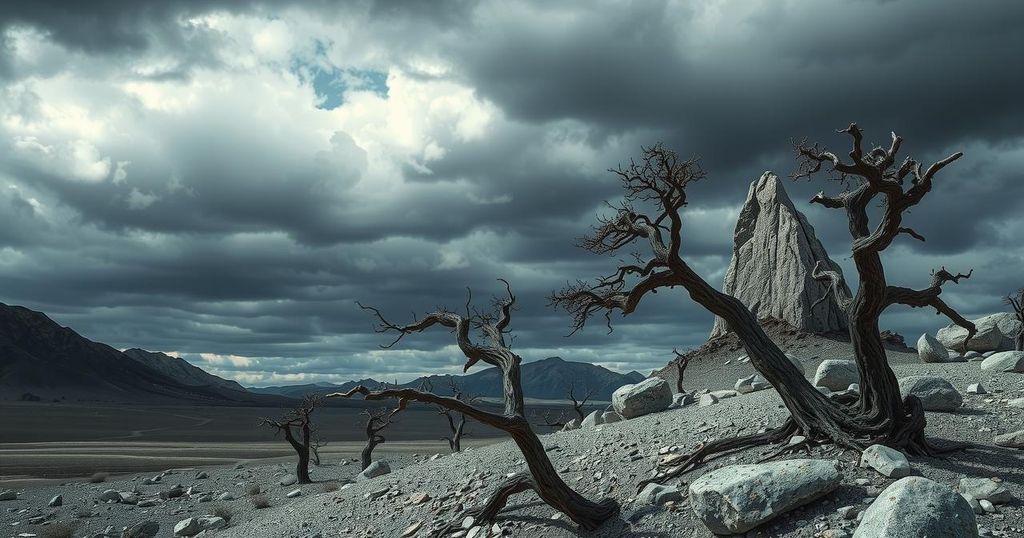


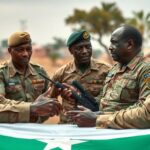
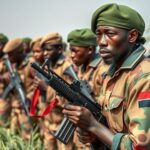
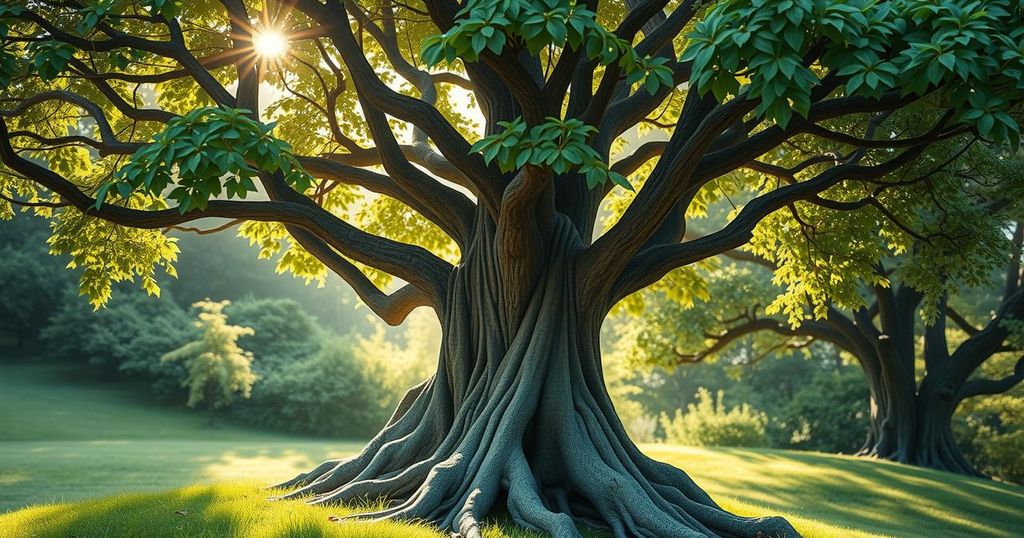
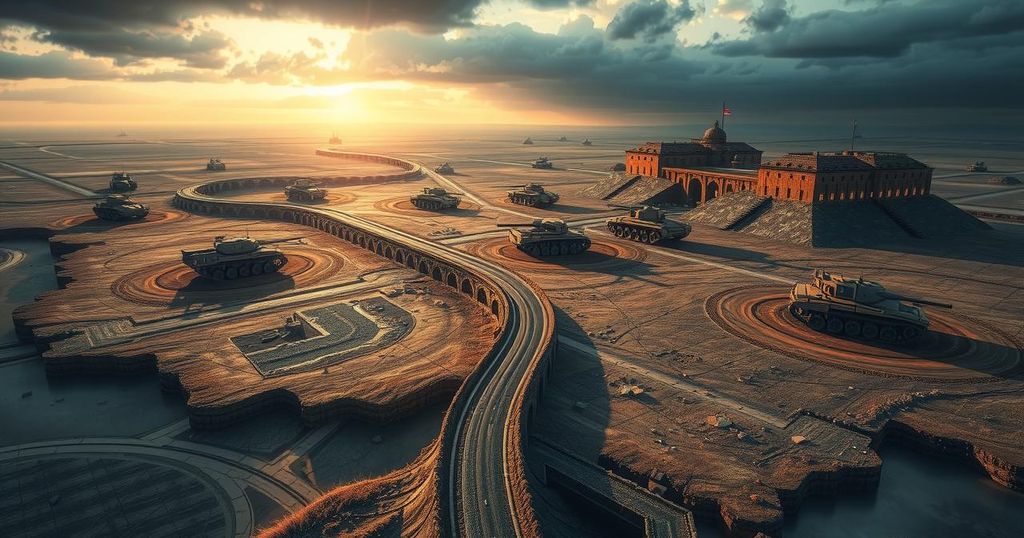
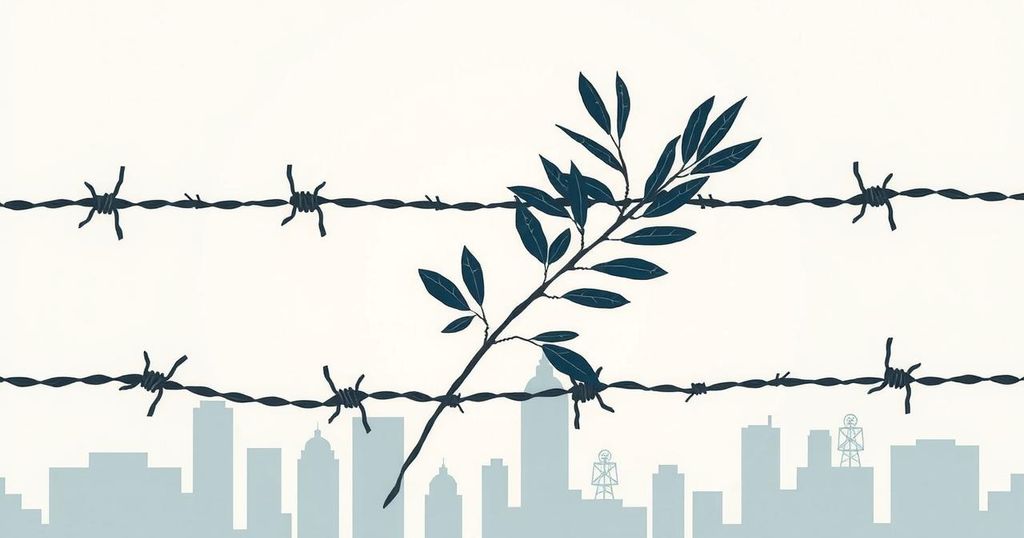
Post Comment